Asparagus Falcatus – Sicklethorn
£14.99 Original price was: £14.99.£10.49Current price is: £10.49.
- Shop with ease, buy with confidence.
- Shop with Ease
- Buy quality, buy with us.
- Protect Your Wallet with Safe Payments

Asparagus falcatus is a variety of asparagus fern with long sickle-like shiny green leaves. It is a robust, vigorous climber with thorns on older, woody stems. Fast growing and with casual care requirements. Tiny white flowers appear in late summer which sometimes develop into small, red berries. Asparagus falcatus can be trained to grow up a pole and can reach a height of 3m unless pruned to required height.
Asparagus falcatus is also sometimes known as Sicklethorn. Although it is called a fern, it is actually a member of the lily family.
Asparagus falcatus Care & Info Guide
Horty Hints
Due to their vigorous growth habit, Asparagus plants may become pot bound. If required, re-pot during springtime. Trim in winter/early spring to maintain desired size and shape.
Feeling flat! This fern is a climber so if it starts to flop, insert wooden stakes to create a support or climbing frame.
Some steam a day will keep dried leaves at bay! High humidity environments will stop this fern from drying up.

Light
Bright, indirect sunlight. Direct sunlight may scorch the needles, whereas insufficient light may turn them yellow and cause them to drop.

Watering
Ideally, the Sicklethorn should be watered regularly so that the soil can stay moist, but it can survive short periods of drought. Less water is required during the winter.

Temperature
Average warm household temperatures will suit the Asparagus falcatus well. Needs a minimum of 10°C in winter. Avoid cold draughts.

Humidity
This plant does not particularly need increased humidity, but will appreciate the occasional misting. If you notice leaves beginning to brown, try misting or pop it beside the shower for a short while.

Feed
Feed this fern with a weak solution during the growing season to encourage better growth.

Height & Growth Rate
Asparagus falcatus is a fast growing plant which typically grows to heights of up to 1 metre.

Toxicity
The Sicklethorn’s berries are inedible. Please take care when handling as the thorns can be sharp and difficult to see.

Origin
Asparagus falcatus is native to Eastern and Southern Africa.
| SIZE: Pot Diameter x Total Height | 12 x 40cm, 17 x 45cm |
|---|
Be the first to review “Asparagus Falcatus – Sicklethorn” Cancel reply
Related products
HOUSEPLANT STYLES
Ficus Elastica Abidjan – Burgundy Rubber Plant – Straight Stem
HOUSEPLANT STYLES
HOUSEPLANT STYLES
HOUSEPLANT STYLES
HOUSEPLANT STYLES
HOUSEPLANT STYLES
HOUSEPLANT STYLES
HOUSEPLANT STYLES

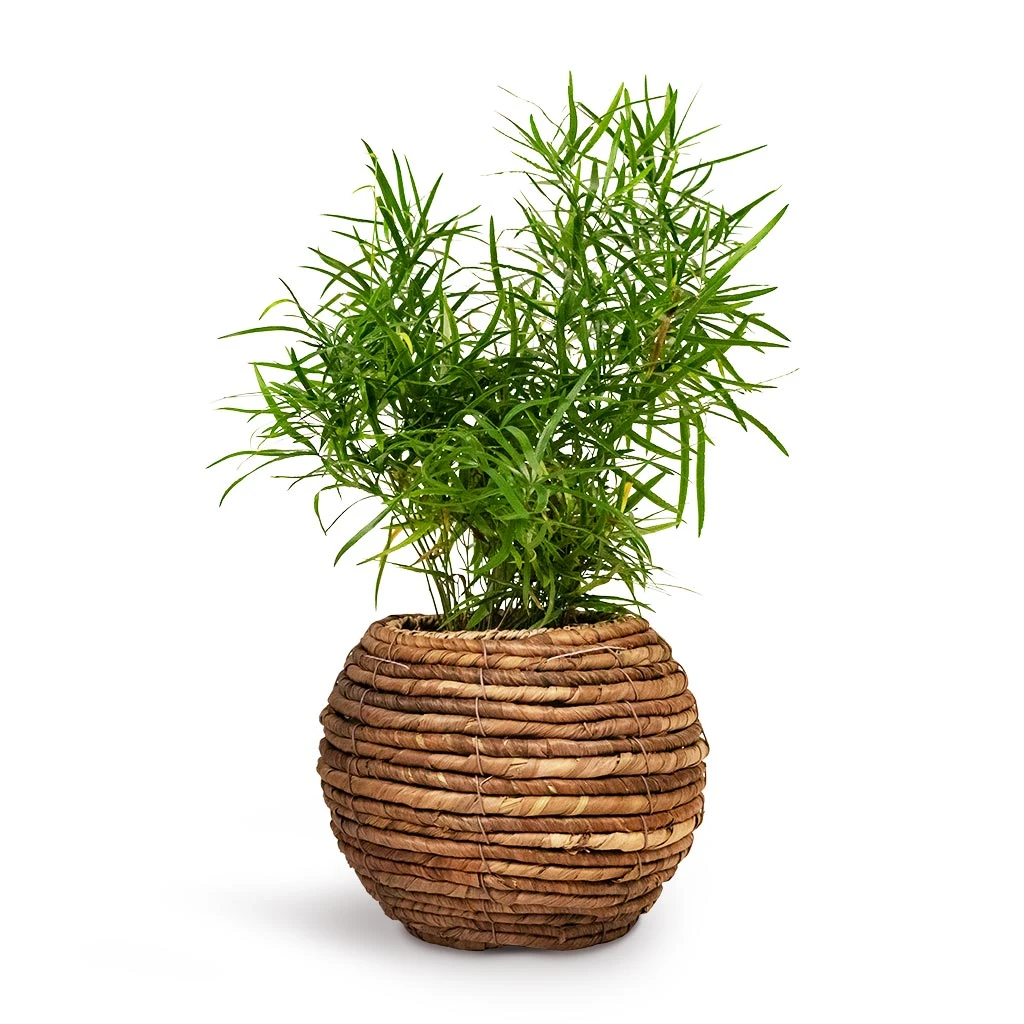
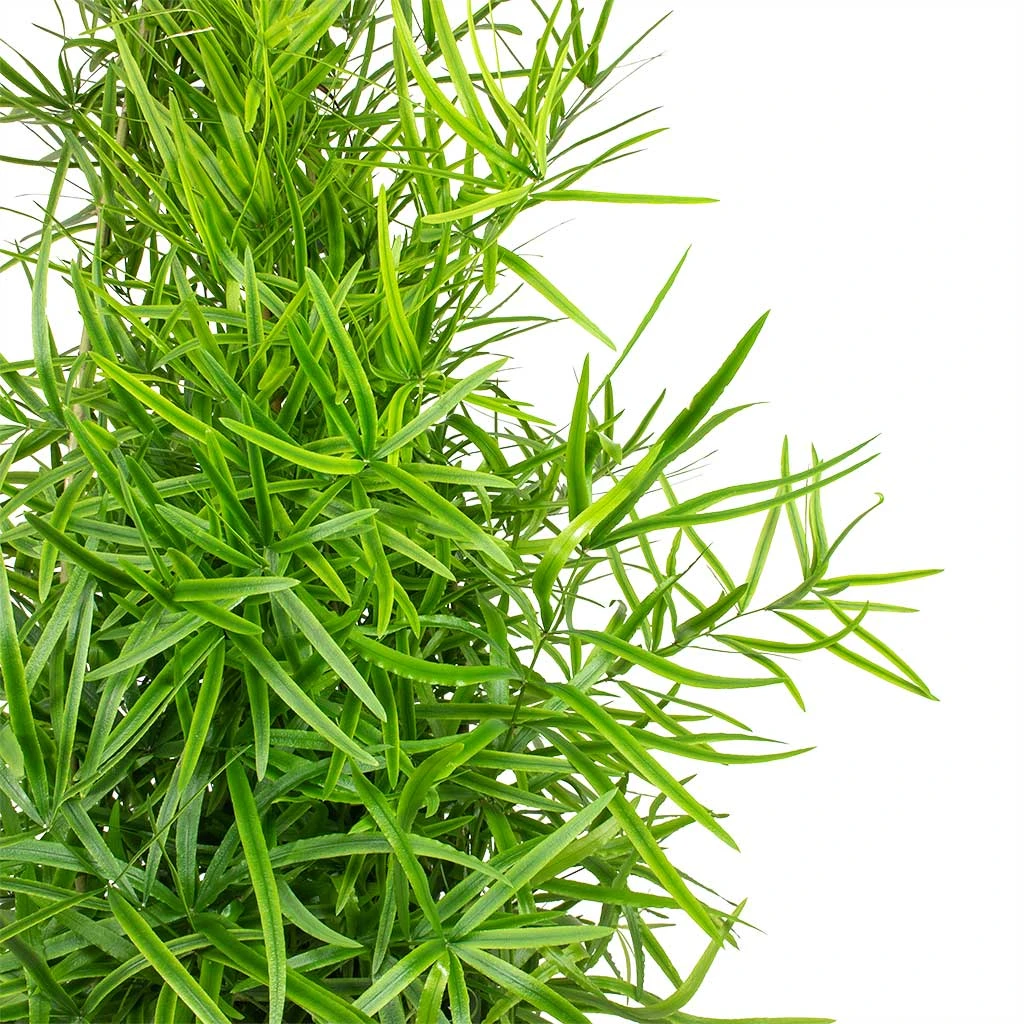


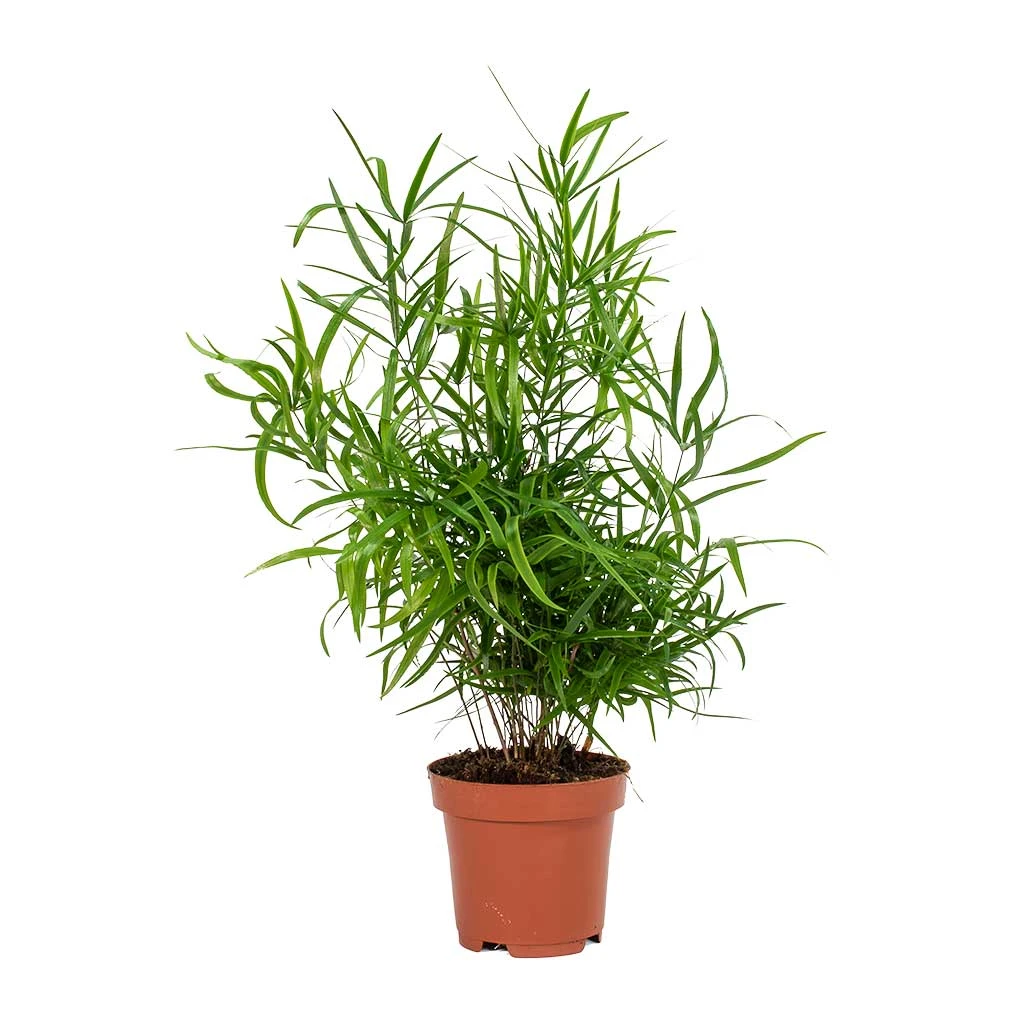
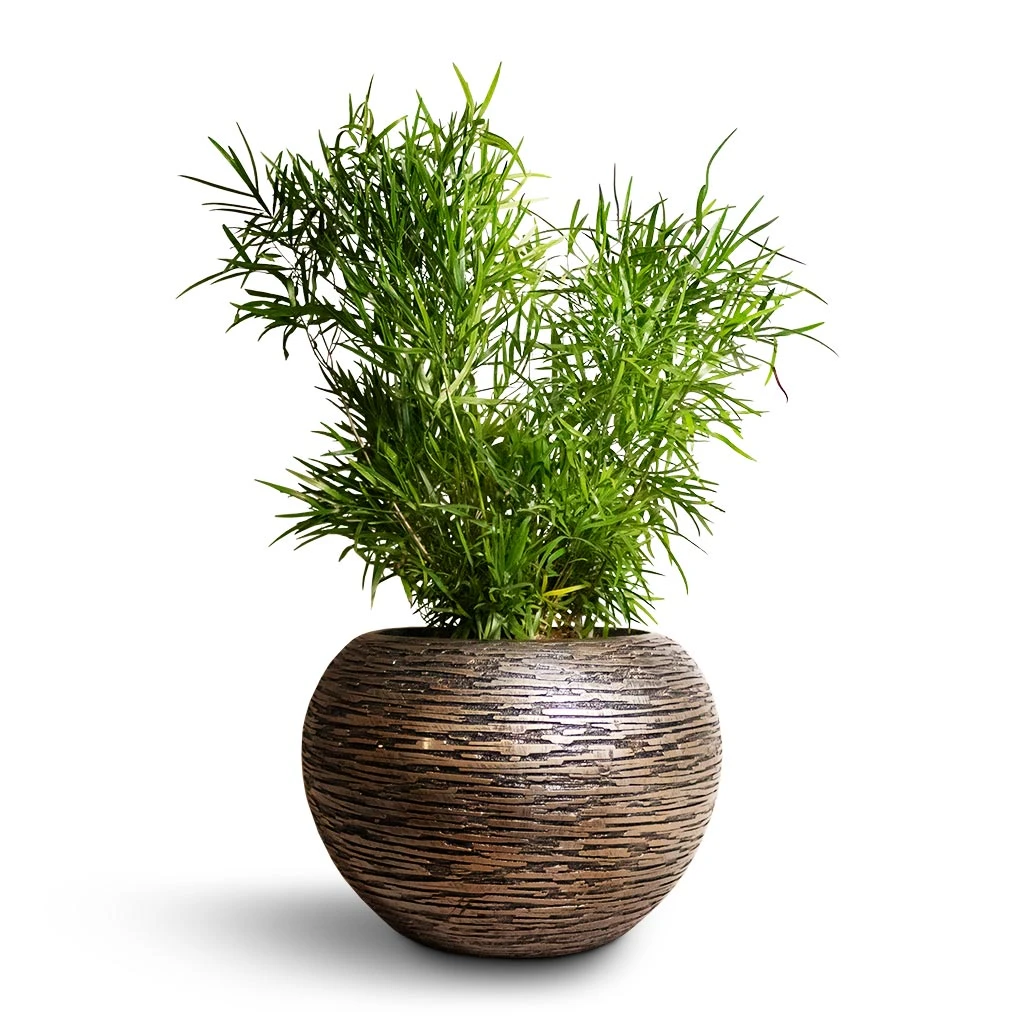

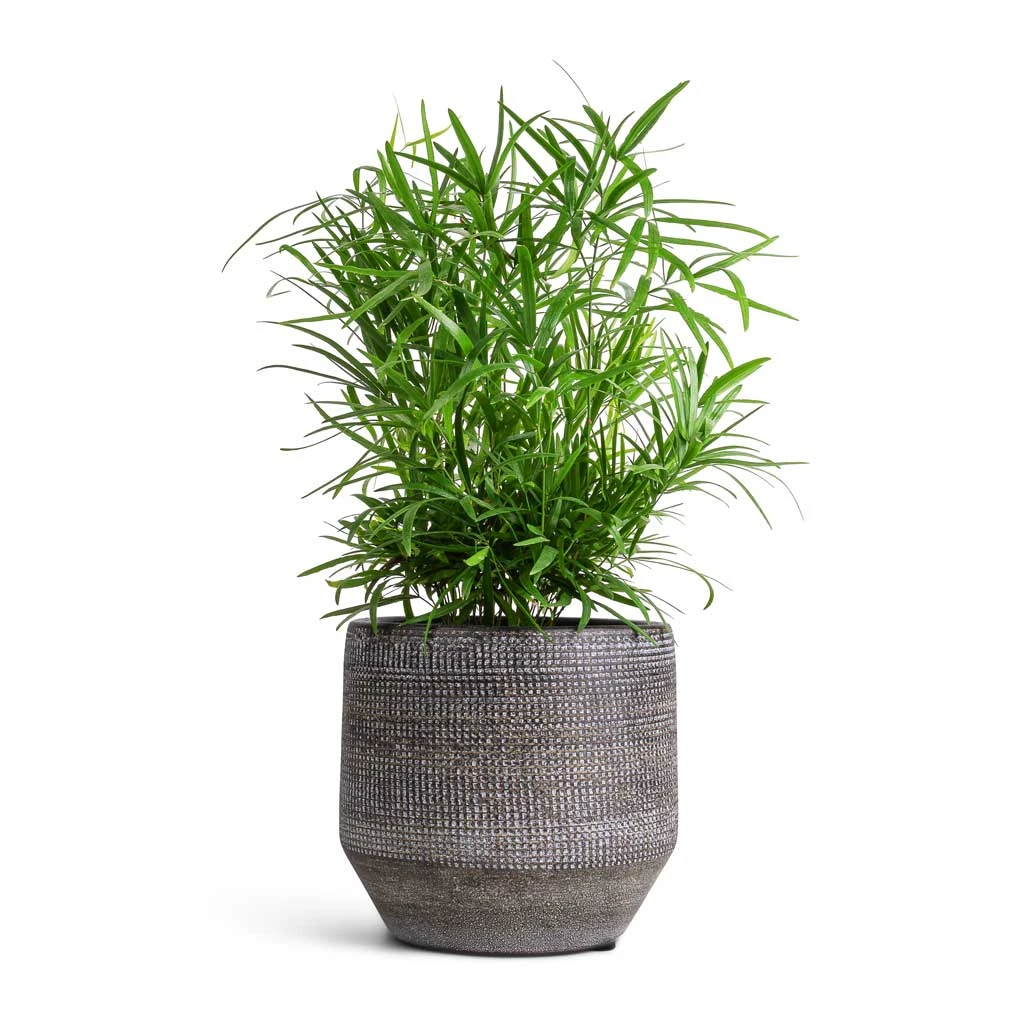











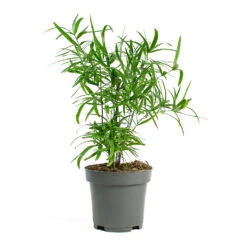







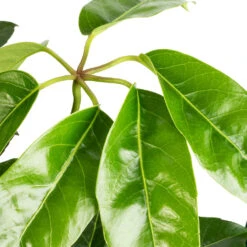




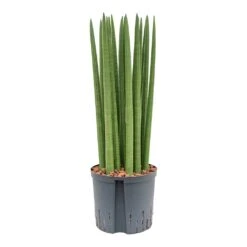

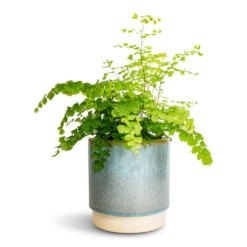
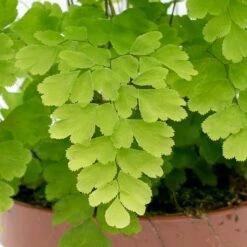


Reviews
There are no reviews yet.